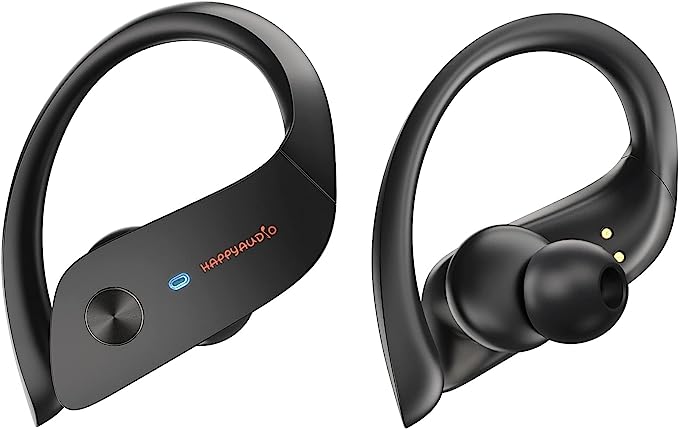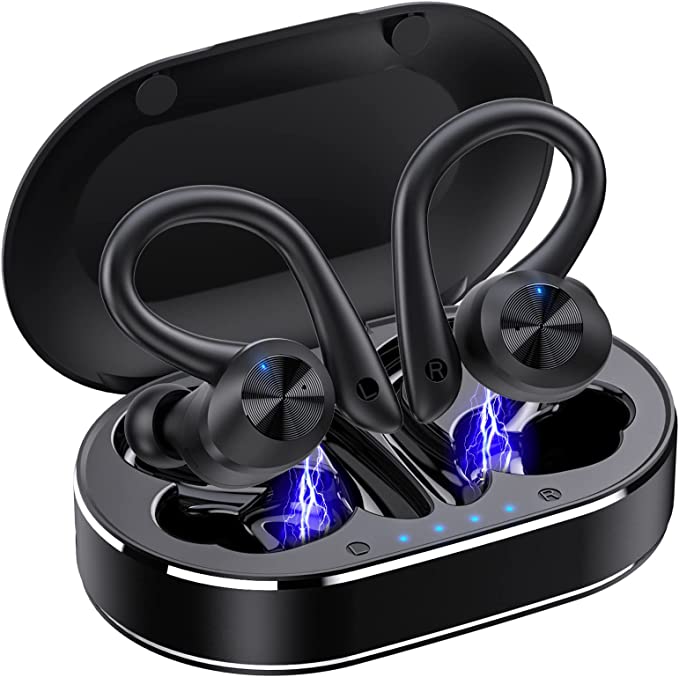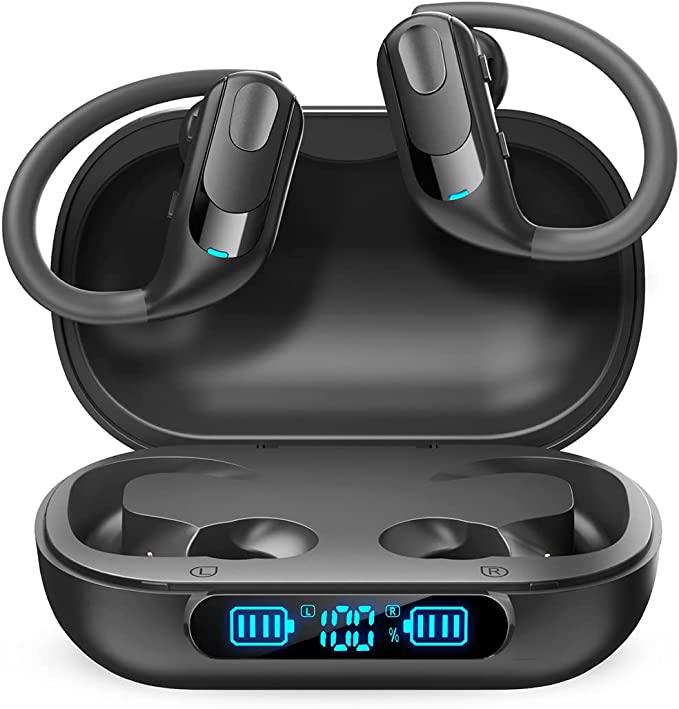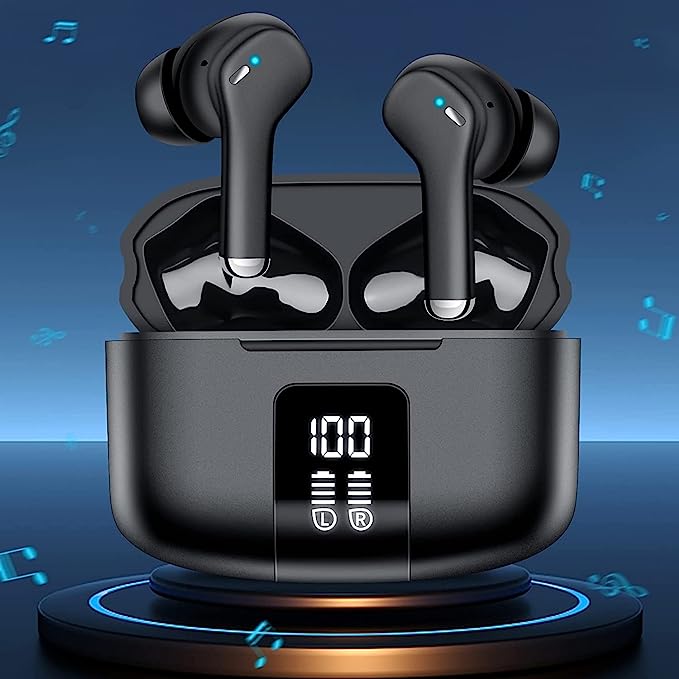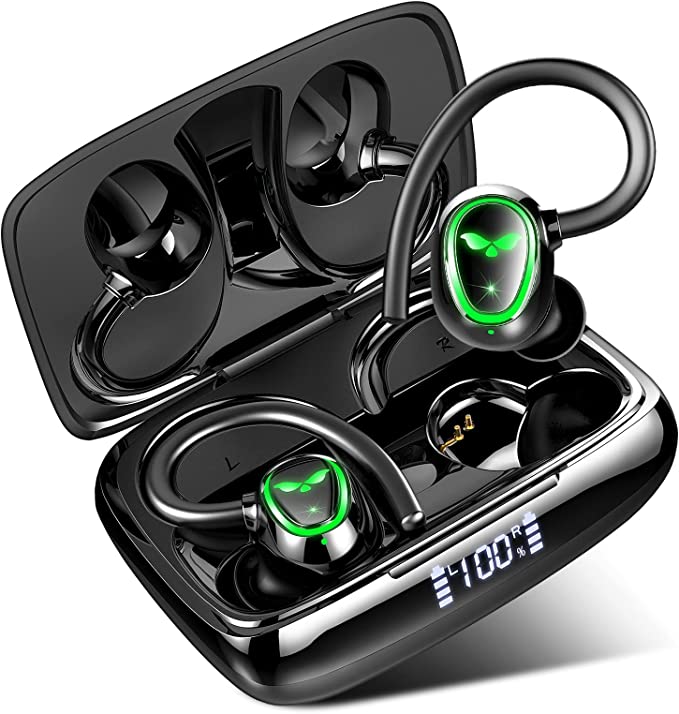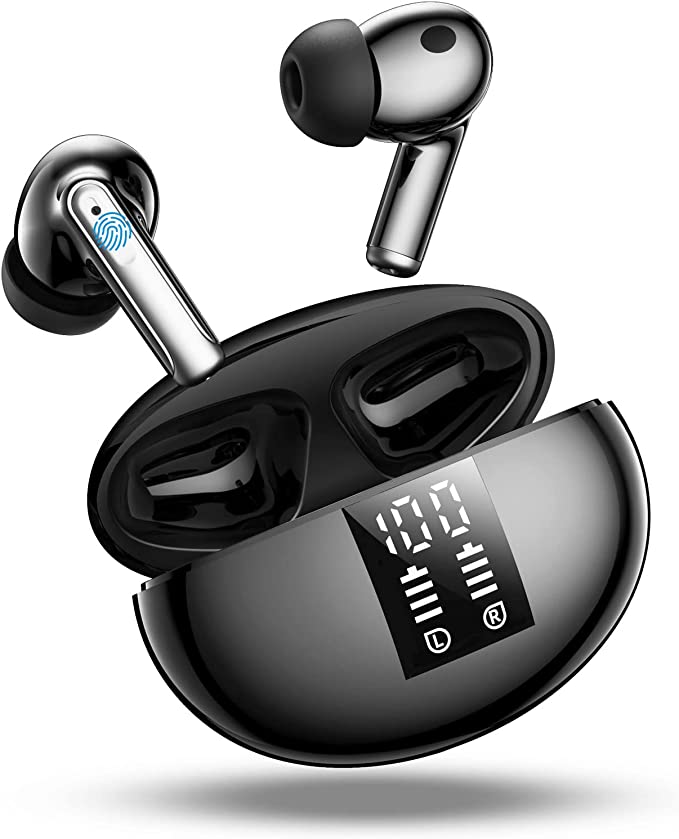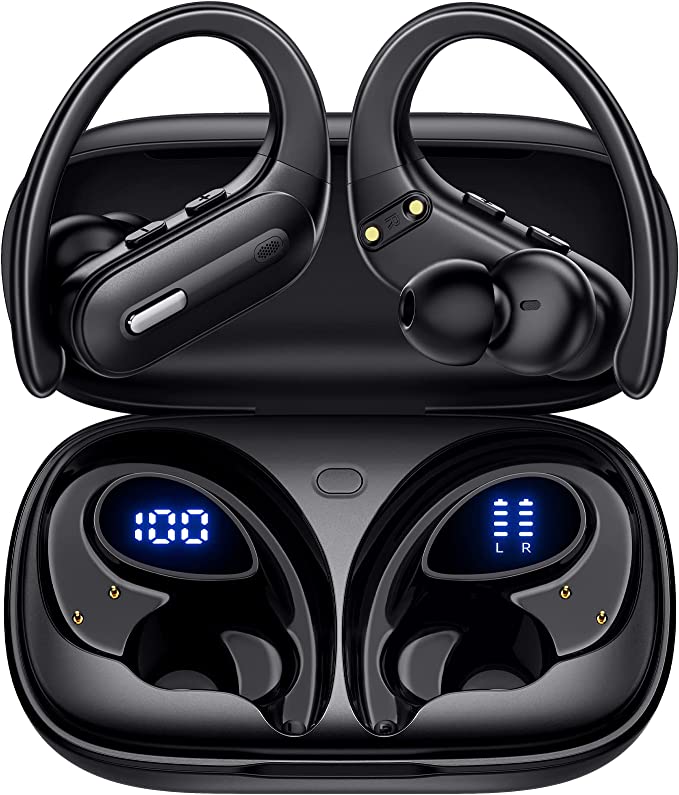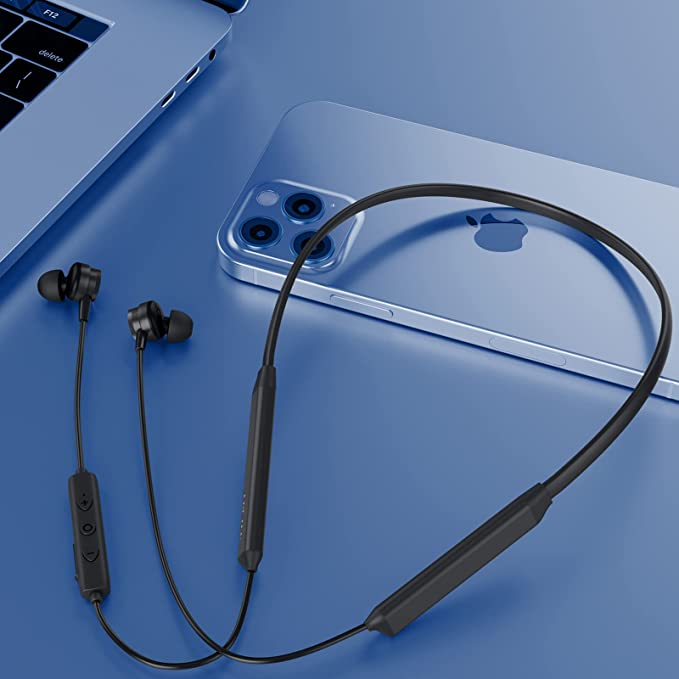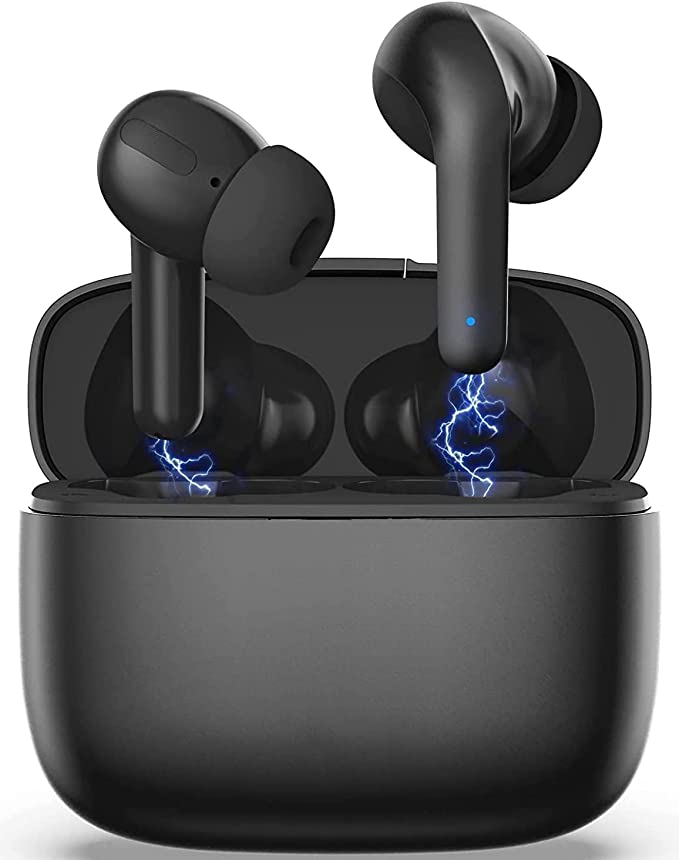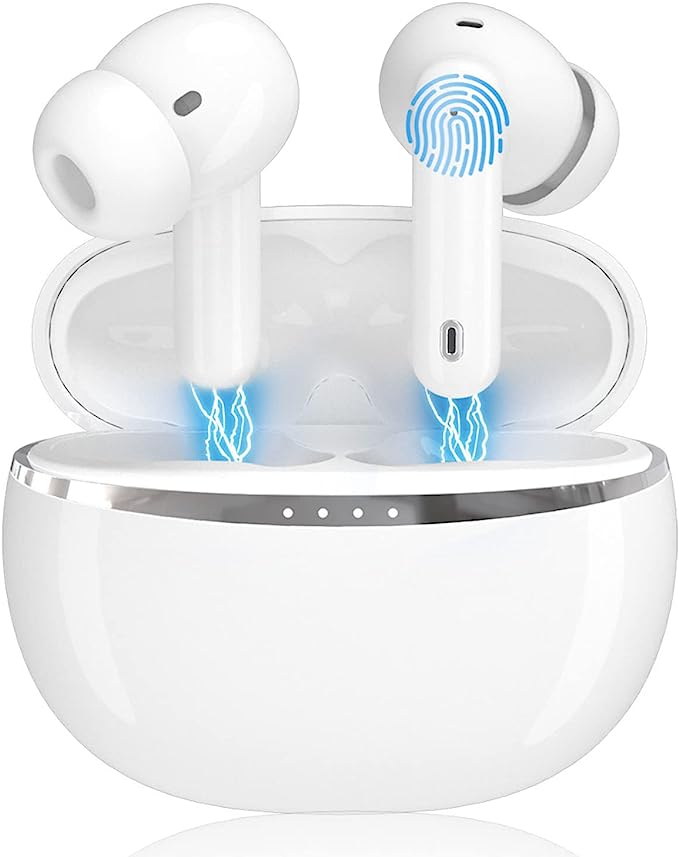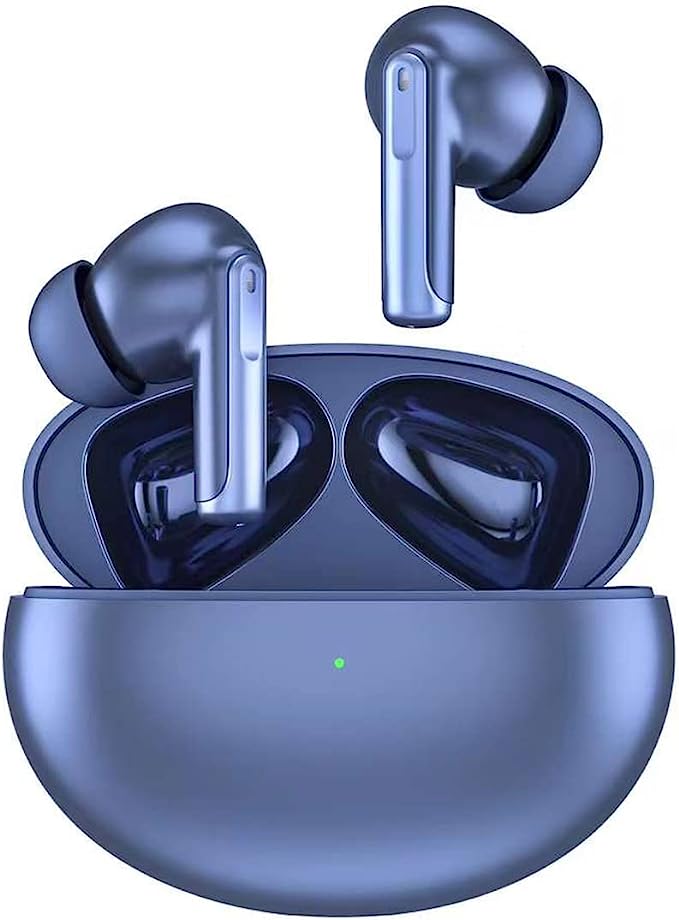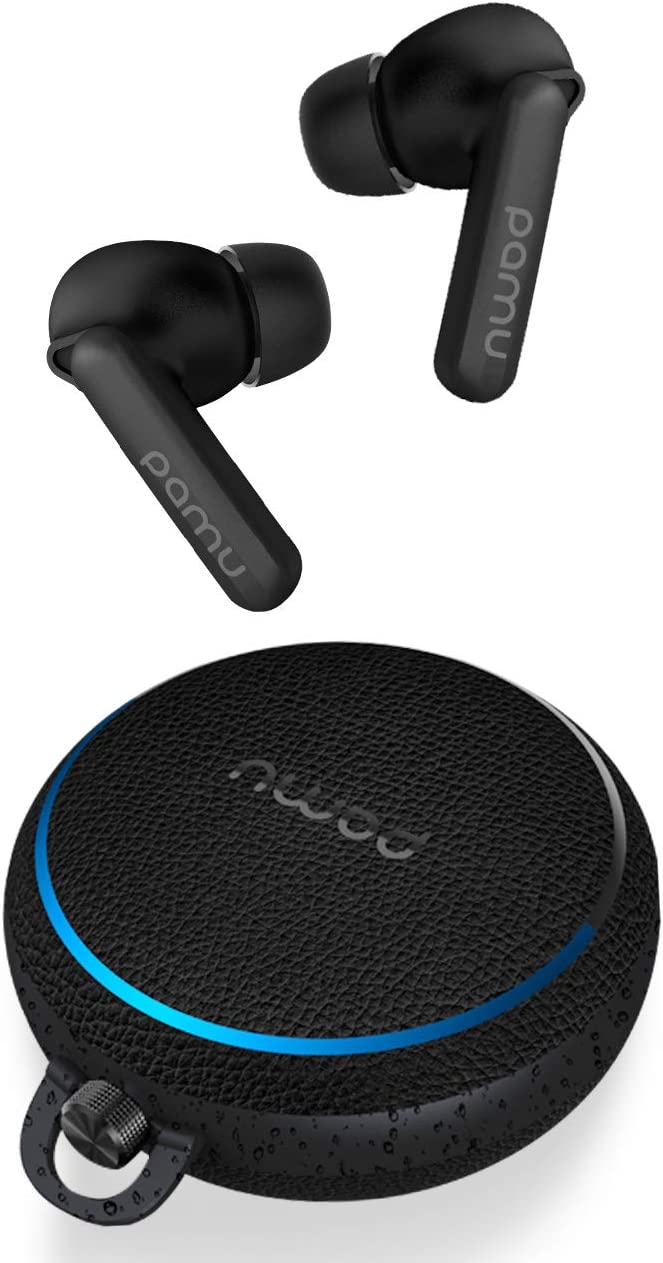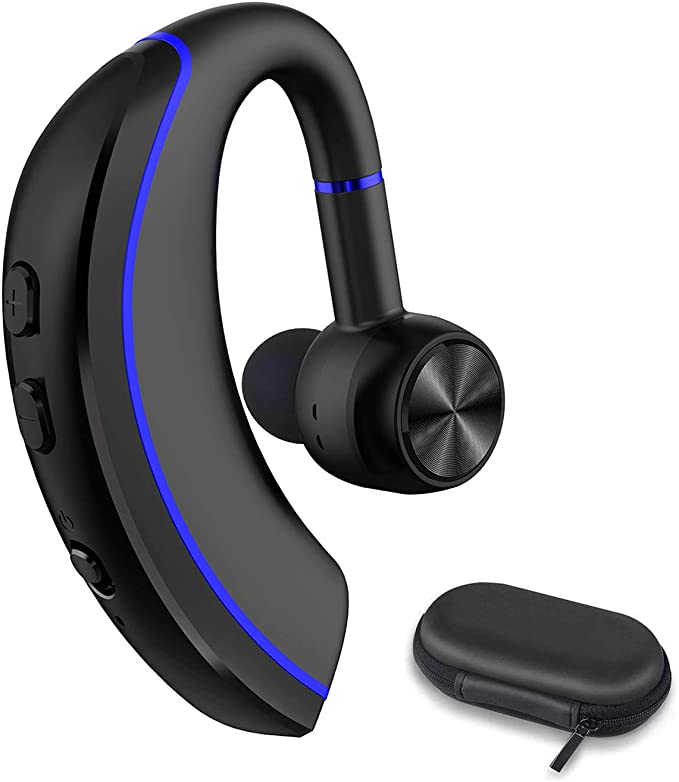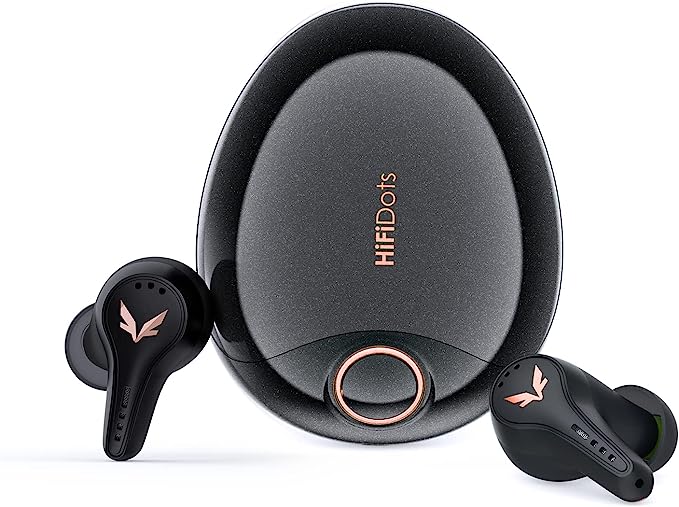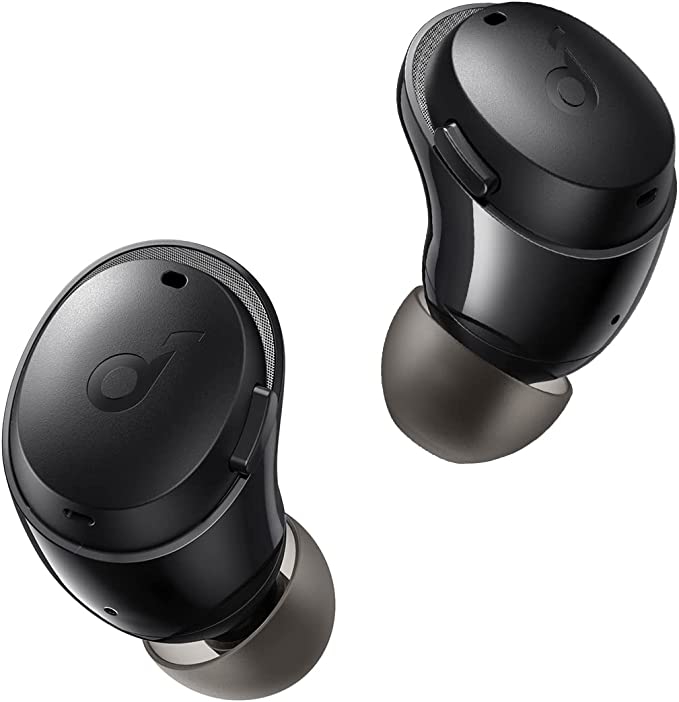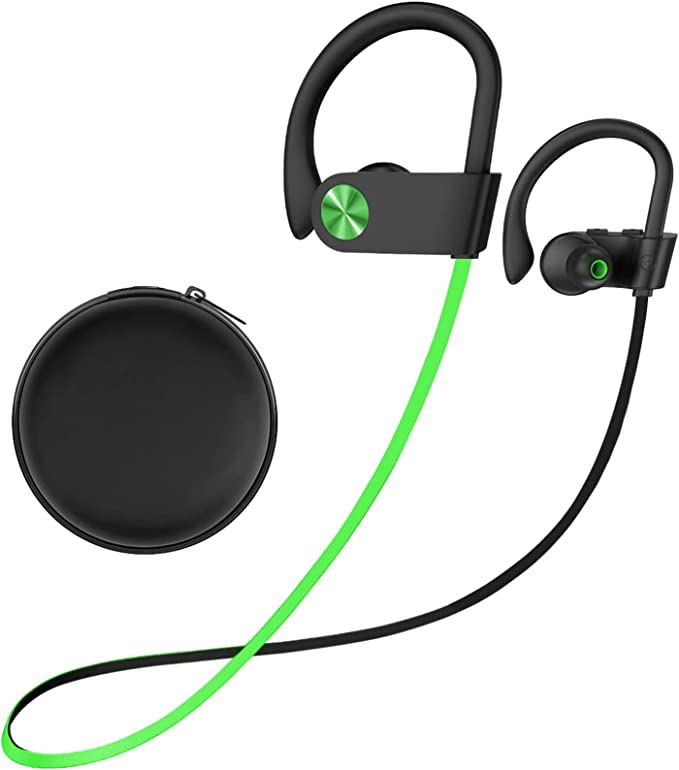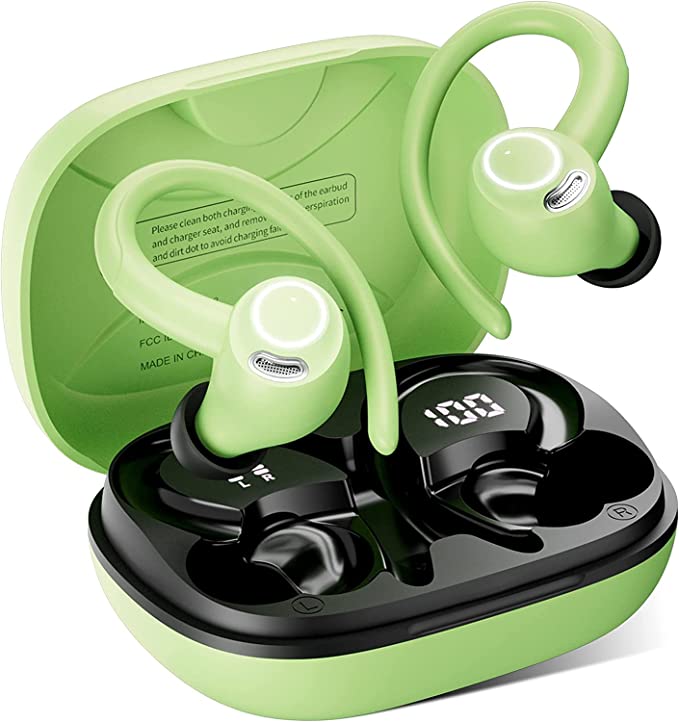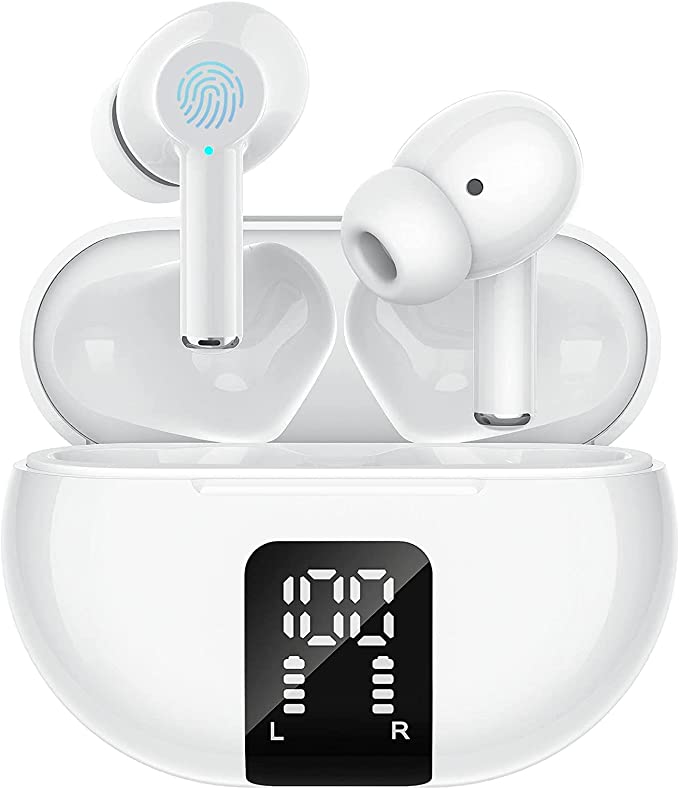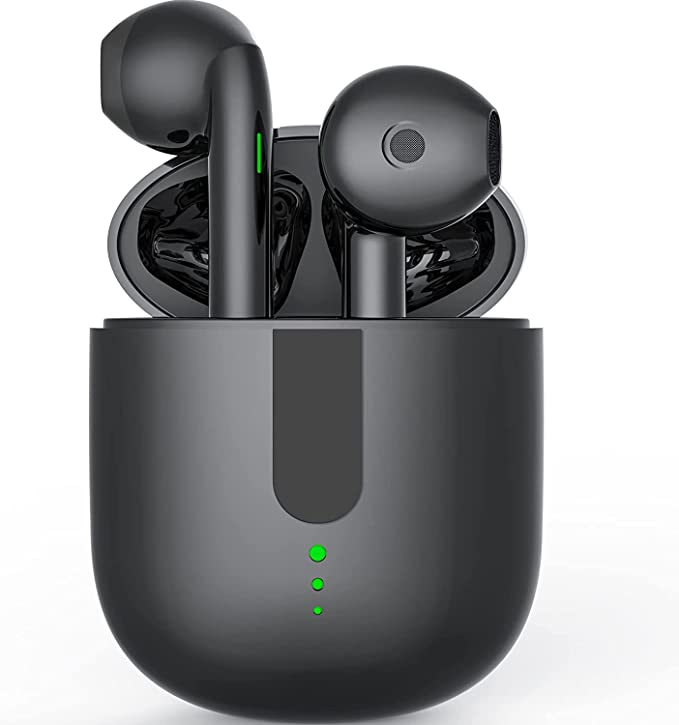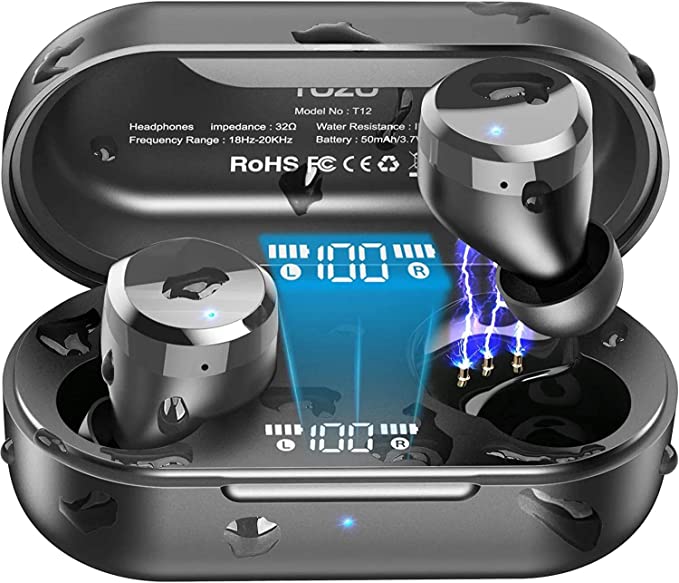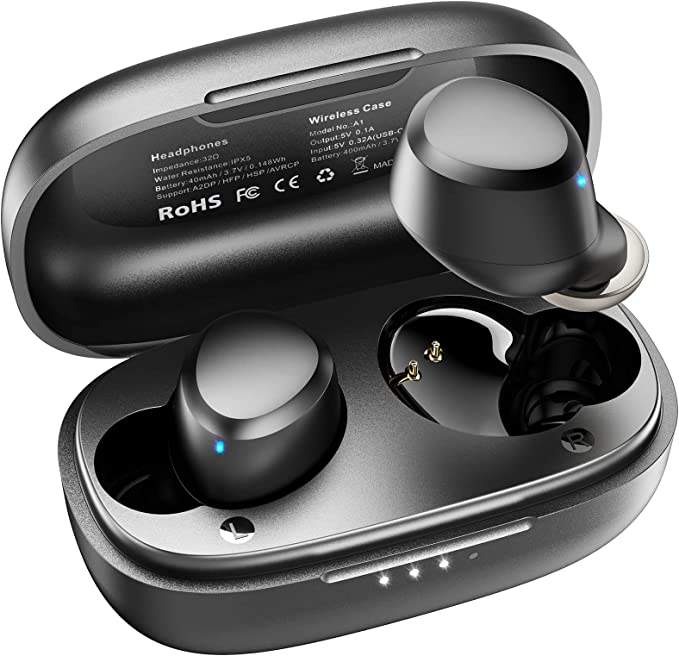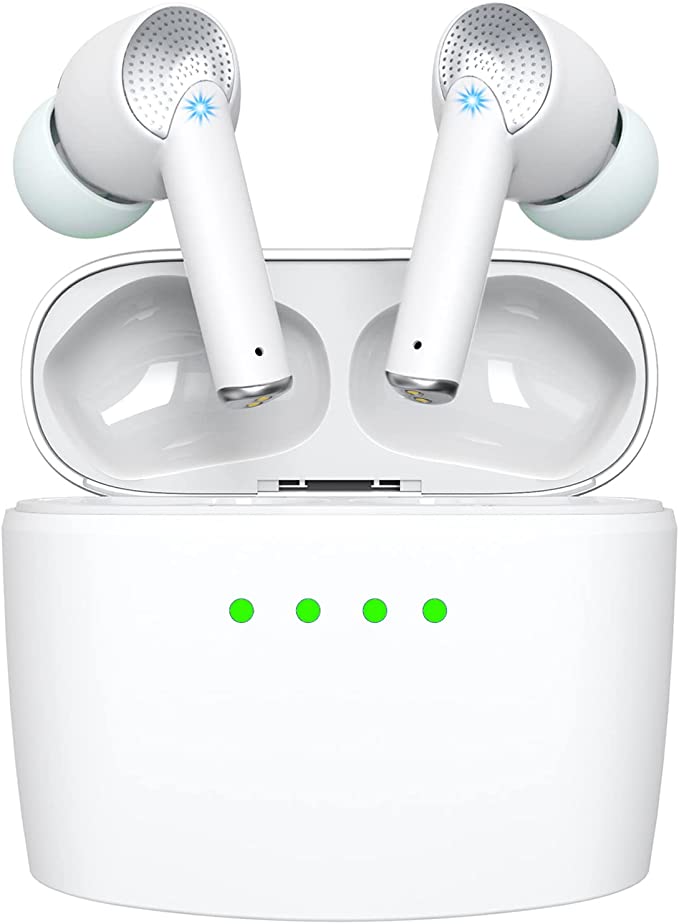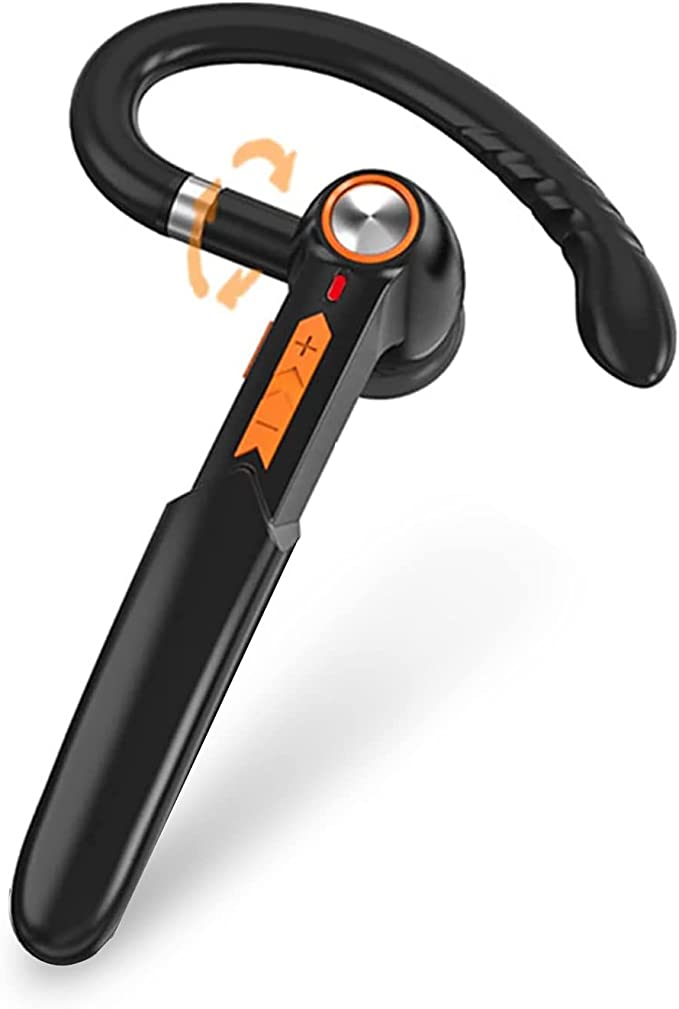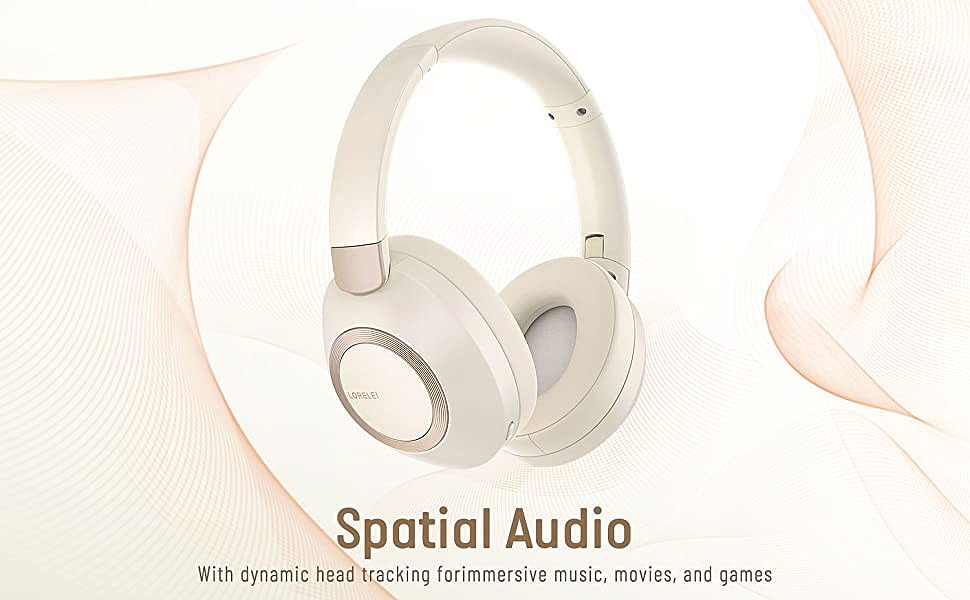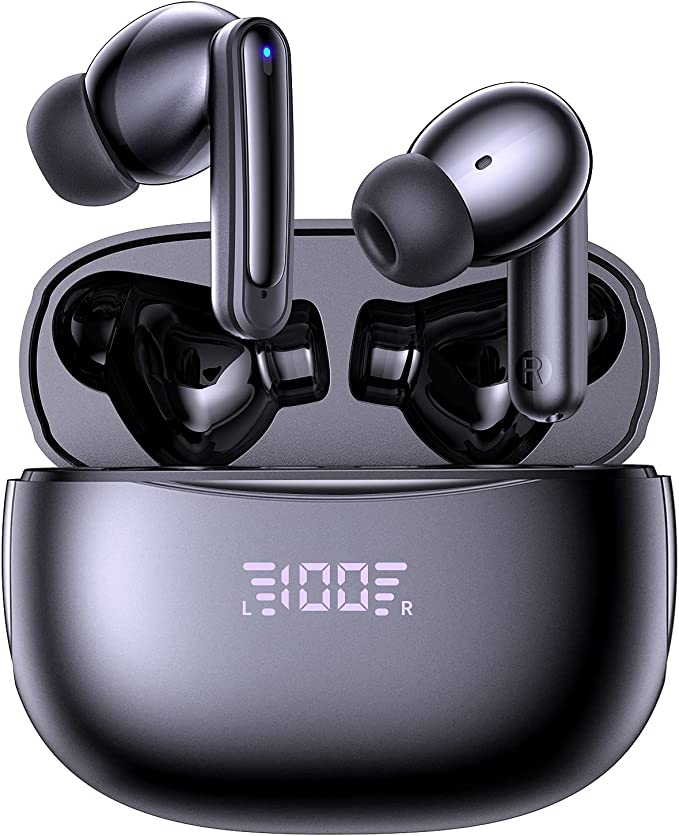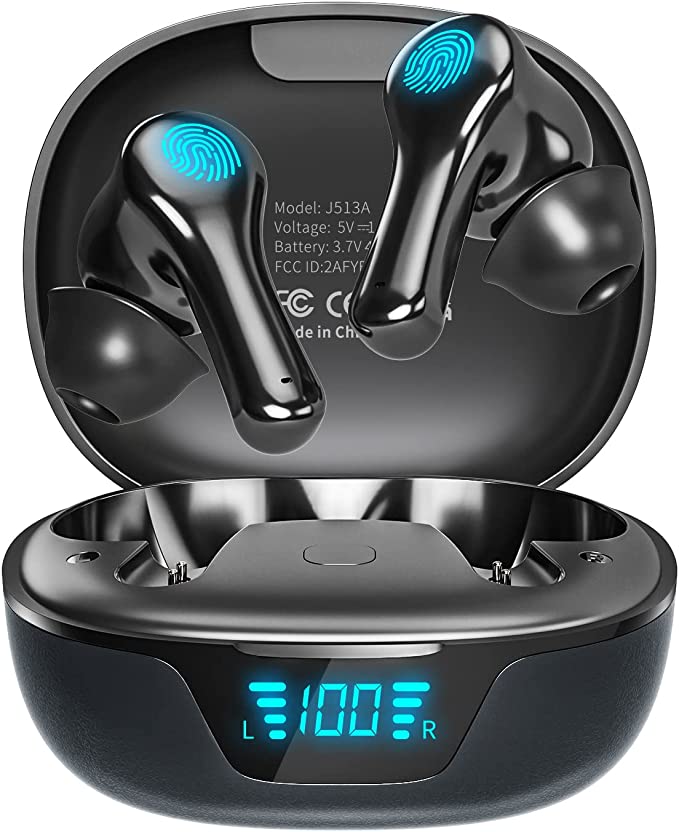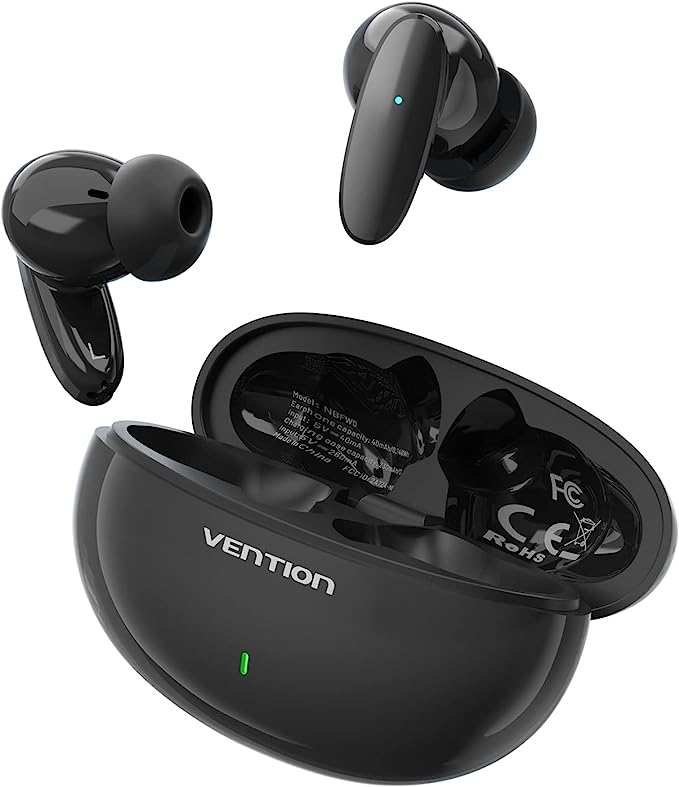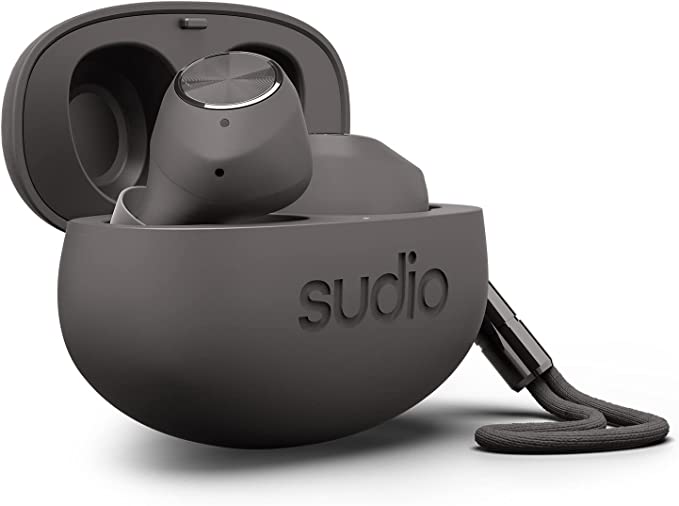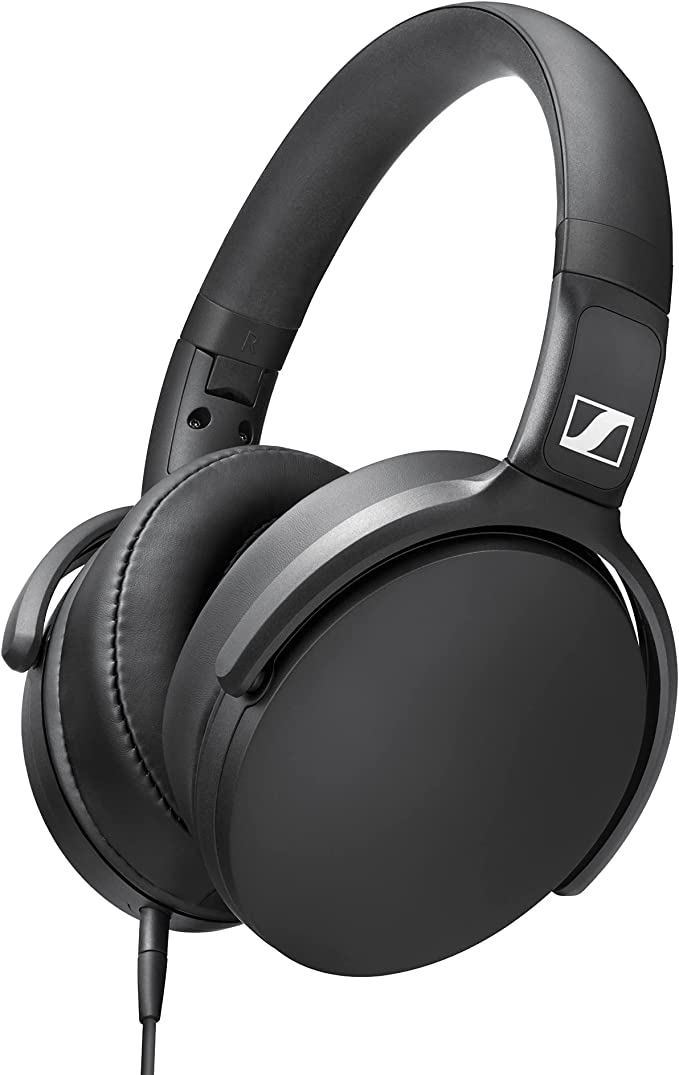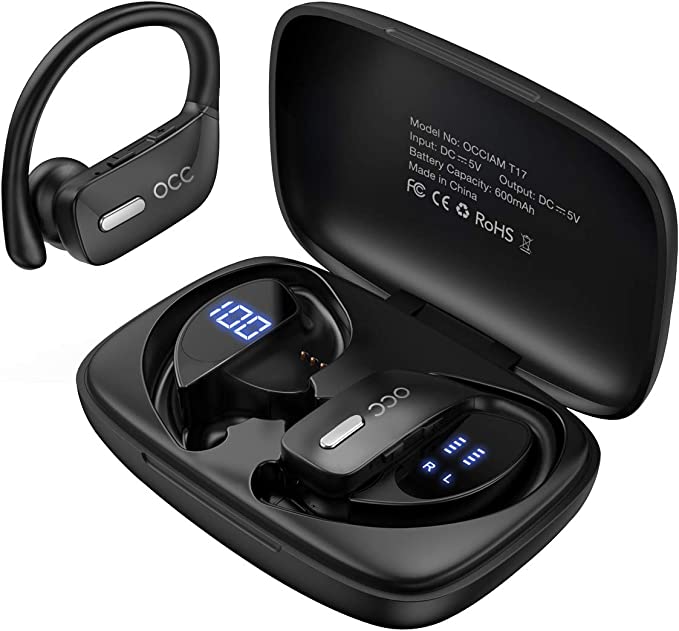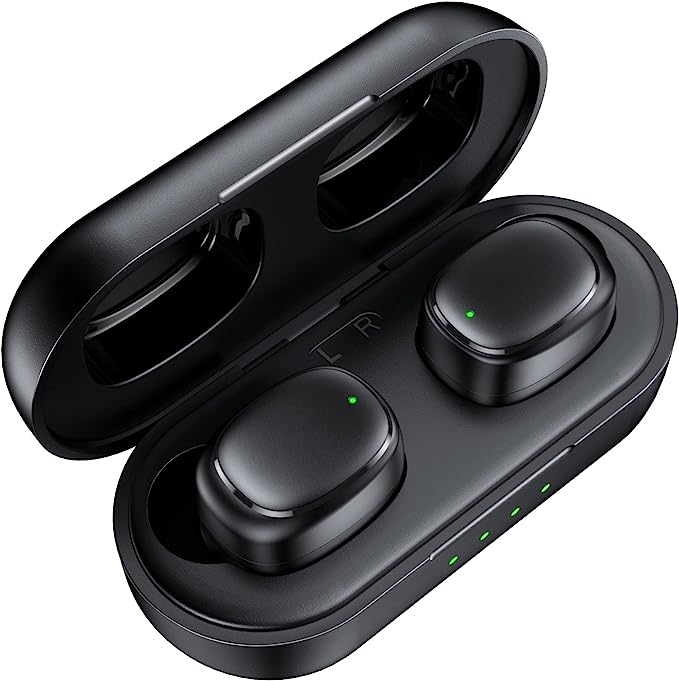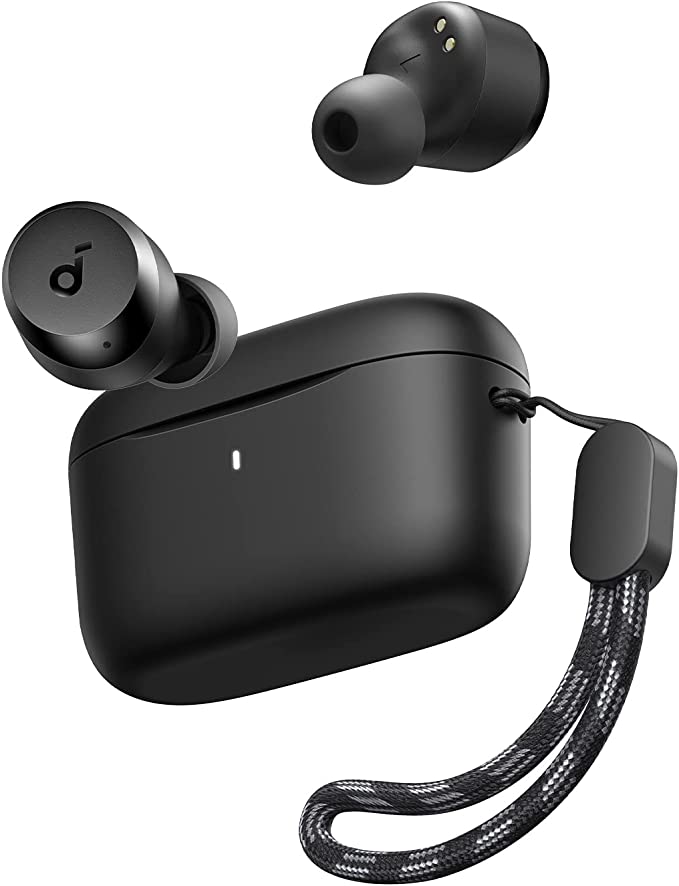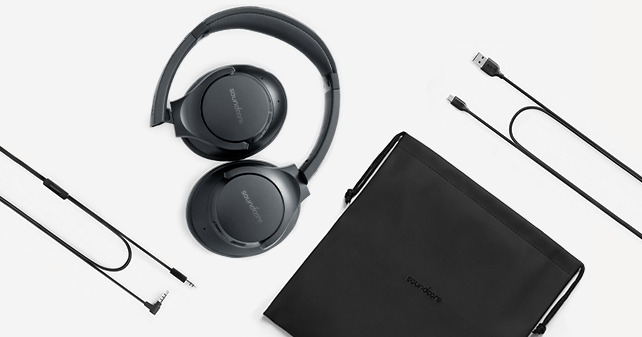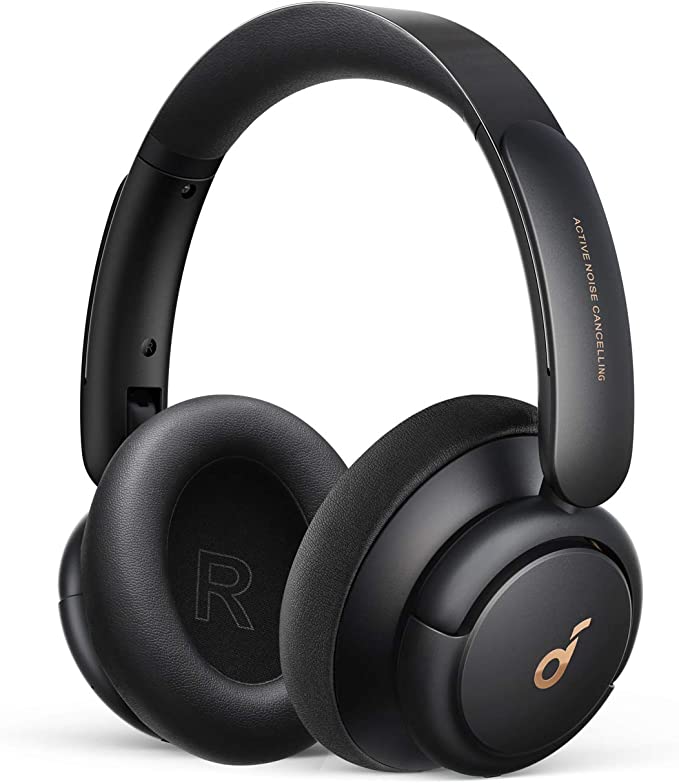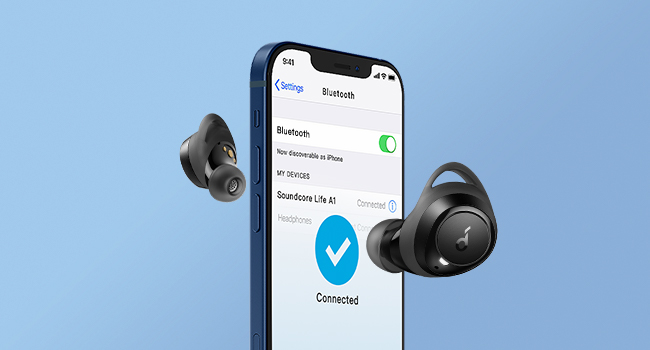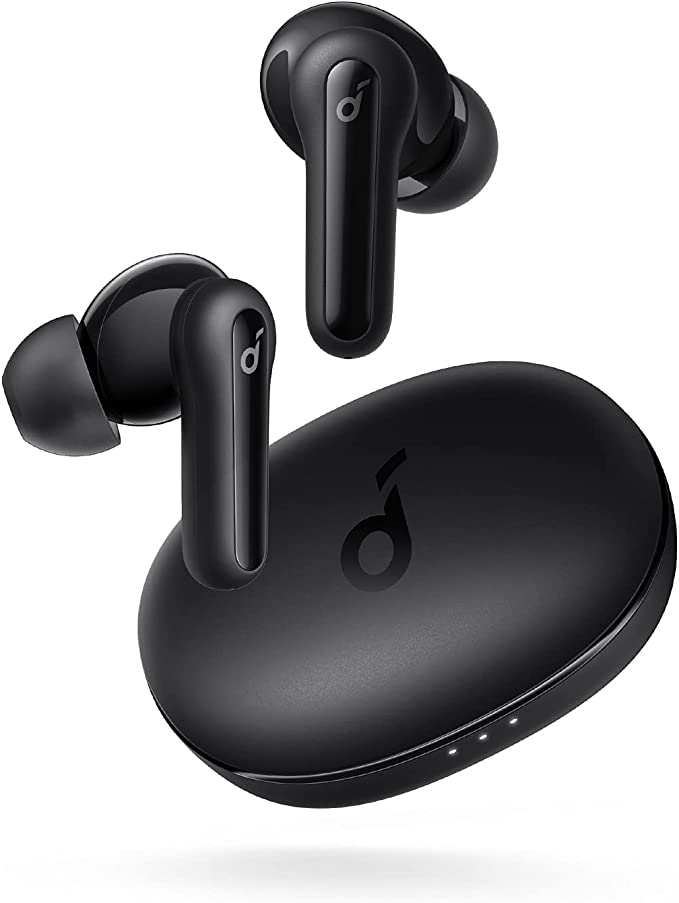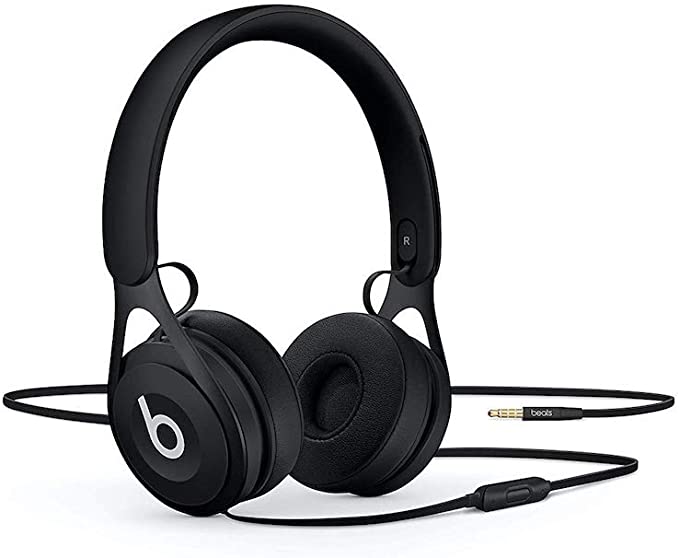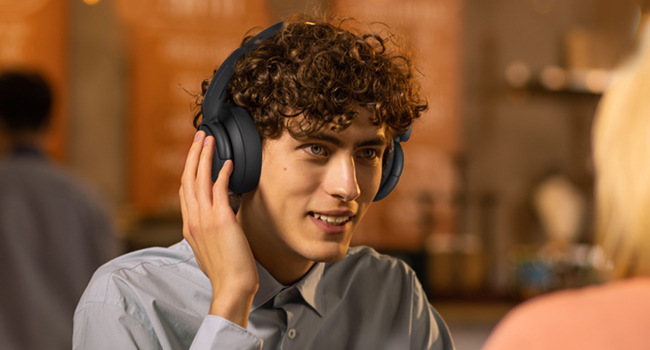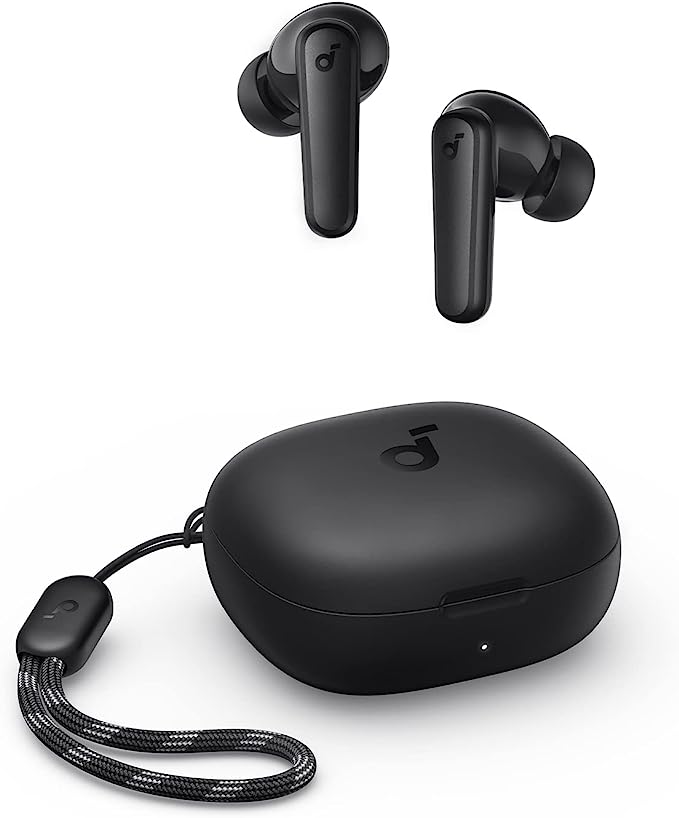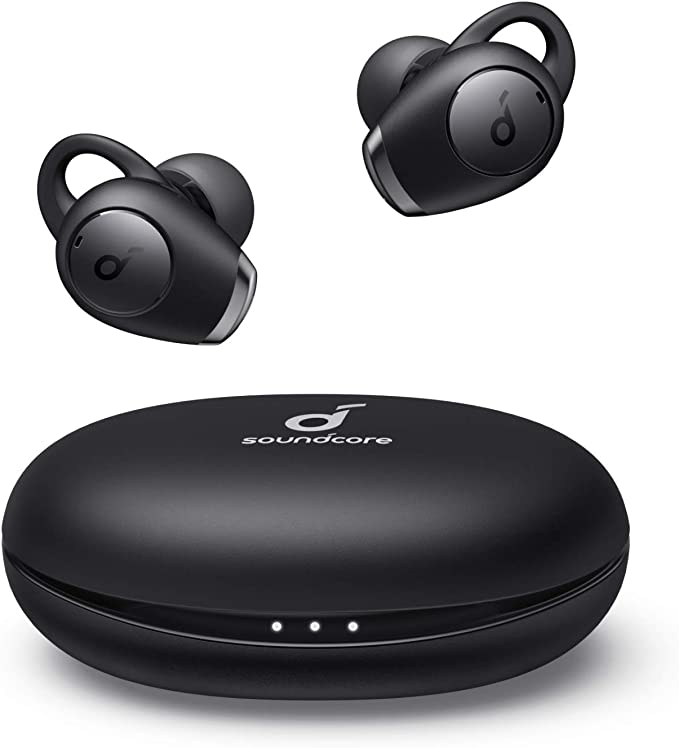Azicyn Wireless Earbuds: Compact Bluetooth Earbuds for an Immersive Listening Experience
Update on June 23, 2025, 4:34 p.m.
Hey there, fellow sound seeker! Isn’t it wild how quickly our world has become untangled? Just a few years ago, battling a Medusa-like mess of headphone wires was a daily ritual for many of us. Now, tiny wireless earbuds are practically an extension of our ears, piping in everything from pump-up playlists on a morning jog to crucial conference calls, or just a moment of peace with a favorite podcast. But with so many options flashing fancy terms at us, how do we actually choose the right pair? It can feel like navigating a tech jungle without a map.
Today, we’re going to use the Azicyn Wireless Earbuds – a product listed with features like “Bluetooth 5.3,” “Waterproof,” and “High-Speed Noise Cancelling” – as our “specimen” to explore some of this fascinating earbud technology. Think of me as your tech-savvy friend, ready to cut through the jargon, dive into the science, and help you understand what these features really mean for your everyday listening experience. Ready to become a more informed audio adventurer? Let’s go!

(The Invisible Handshake: Making Sense of Bluetooth 5.3)
We’ve all been there: you’re in the zone, music blasting, and suddenly—crackle, pop, silence. Or perhaps it’s the sheer frustration of earbuds that take an eternity to pair with your phone. These are the moments when our wireless wonders feel a bit less wonderful. Azicyn’s product page mentions “Bluetooth 5.3 technology, which provides instant pairing and stable transmission without interruptions.” So, what’s the big deal with Bluetooth 5.3?
First, a quick, fun origin nugget: Bluetooth was named after a 10th-century Danish king, Harald “Bluetooth” Gormsson, famed for uniting Danish tribes. Similarly, Bluetooth technology was conceived to unite different devices wirelessly. At its heart, Bluetooth is a short-range radio communication standard, a bit like a tiny, personal radio station operating between your phone and your earbuds.

Now, version 5.3 isn’t just a slightly higher number. Each iteration aims to improve upon the last. With Bluetooth 5.3, you’re generally looking at enhancements that translate to a better user experience: * More Stable Connections: Imagine data traveling from your phone to your earbuds. Older Bluetooth versions might be like a bumpy, single-lane country road, prone to traffic jams (interference). Bluetooth 5.3, with its under-the-hood improvements like Periodic Advertising Enhancement and Connection Subrating, aims to be more like a multi-lane, well-paved highway. This means it’s generally better at sidestepping interference from other wireless signals (like your Wi-Fi or microwave), leading to fewer dropouts. * Potentially Better Energy Efficiency: While not always a dramatic leap, newer Bluetooth versions often incorporate better power control features. This can mean your earbuds sip power more intelligently, contributing to that “over 4 hours” playtime Azicyn claims. * Smoother Pairing: The “one step pairing” mentioned by Azicyn, where the “2 headsets out from the charging case… connect each other automatically,” is a hallmark of modern Bluetooth. The technology has become much smarter at that initial “digital handshake” and subsequent reconnections.
What about that “up to 30 feet of wireless range”? That’s a standard Bluetooth Class 2 range, but think of it as an “in-a-perfect-world” figure – clear line of sight, no other interfering signals. In reality, walls, other electronic devices, and even your own body can act like kryptonite to Bluetooth signals, reducing effective range.

(Braving the Elements (Sort Of): The “Waterproof” Nano-Coating Unveiled)
Picture this: you’re hitting your stride on a run, sweat is beading on your forehead, or an unexpected light shower begins. Does panic set in for your precious earbuds? Azicyn claims their “Earbuds and charging case inner Nano-coating makes it possible to waterproof” and can “effectively prevent from the damage of the splash by sweat and raindrops.”
So, what’s this “nano-coating” magic? At a basic level, it involves applying an incredibly thin, invisible layer of material (we’re talking nanometers thick – a human hair is about 80,000-100,000 nanometers wide!) to the sensitive electronic components. This coating is designed to be hydrophobic, meaning it repels water. Think of how water beads up and rolls off a lotus leaf; nano-coatings aim for a similar effect on a microscopic scale. This can indeed offer a good degree of protection against light moisture.
However, and this is a CRITICAL point: the term “waterproof” in marketing can be as slippery as a wet fish. The gold standard for understanding a device’s protection against water (and dust) is its IP Rating (Ingress Protection Rating), defined by the International Electrotechnical Commission (IEC) standard 60529. An IP rating looks something like “IPX7,” where the ‘X’ means no dust rating is specified (or tested), and the ‘7’ indicates a specific level of water protection (in this case, immersion up to 1 meter for 30 minutes).
The Azicyn product information does not list an IPX rating. Why does this matter? Because “nano-coating” describes a method of protection, while an IPX rating describes a tested level of protection. Without an IPX rating, you should treat the “waterproof” claim with caution. It likely means the earbuds can handle some sweat and light splashes, but don’t count on them surviving a torrential downpour, a dunk in the pool, or a trip through the washing machine. Always look for that IPX rating if serious water resistance is a priority for you.

(The Quest for Quiet: Decoding “High-Speed Noise Cancelling”)
Ah, the dream: creating your own personal sound bubble, whether you’re on a noisy train, trying to focus in a bustling coffee shop, or just wanting to immerse yourself fully in your music. Azicyn’s earbuds are described as “High-Speed Noise Cancelling Headphones.” But let’s pause and ask: what kind of noise cancelling are we actually talking about? This is where things can get a bit murky if we’re not careful.
There are primarily two types of “noise reduction” you’ll encounter with earbuds:
-
Passive Noise Isolation: This is the unsung hero of many in-ear headphones. It’s achieved simply by the physical design of the earbuds and how well they seal your ear canal. A snug, comfortable fit (which Azicyn aims for with its “COMFORT-FIT: Ergonomically shaped” design) acts like a physical barrier, blocking out a good chunk of external sound, much like a good pair of earplugs. The better the seal, the better the passive isolation.
-
Active Noise Cancellation (ANC): This is the more sophisticated, tech-driven approach. ANC uses tiny microphones built into the earbuds to “listen” to the ambient sounds around you. A processor inside the earbuds then analyzes these sounds and generates an “anti-noise” – a sound wave that is exactly out of phase (like a mirror image) with the incoming noise. When your ear receives both the original noise and this anti-noise, they effectively cancel each other out, leading to a significant reduction in perceived background sound, especially for constant, low-frequency noises like engine hums or air conditioning.
Now, back to Azicyn’s “High-Speed Noise Cancelling.” This isn’t a standard industry term like “ANC.” It could be a marketing way of describing very effective passive noise isolation due to a good fit. Or, it might imply some form of active noise processing. The provided product information doesn’t give us enough detail to know for sure. If true, deep silence is what you’re after, you’d typically look for explicit mentions of “Active Noise Cancellation” and, ideally, some indication of its effectiveness (like how many decibels of noise it can reduce). Without that clarity, it’s wise to manage expectations regarding the level of noise obliteration.
(Power Up & Play On: The Juice Behind the Music)
There’s nothing quite like the sinking feeling when your earbuds chirp their low-battery warning right in the middle of your favorite song or an important call. Azicyn states their “Playtime lasts for over 4 hours from single charge,” and you can “Enjoy fast charging,” with the case fully recharging in “only 2 hours via fast charge USB-C cable or less than 1 hours via wireless charger.”
Let’s peek at the tech fueling this: * Mighty Little Lithium-Ions: Like virtually all modern portable gadgets, these earbuds and their case almost certainly run on rechargeable lithium-ion batteries. These tiny powerhouses offer a great balance of energy density (how much power they can store for their size) and longevity over many charge cycles. * The Speed of USB-C: The “fast charge USB-C cable” is a big plus. USB-C ports, unlike their older micro-USB predecessors, can handle significantly more power. This allows the charging case to refill its own battery much quicker, getting you back to your tunes faster. * The Convenience of Wireless Charging: The ability to charge the case in “less than 1 hours via wireless charger” (likely using the common Qi inductive charging standard, though not explicitly stated) adds a lovely layer of convenience. No fumbling with cables – just place the case on a compatible charging pad, and electromagnetism does the rest, transferring power through the air. * Playtime in Context: “Over 4 hours” of playtime for the earbuds themselves on a single charge is pretty standard fare in the true wireless world. The charging case then acts like a portable power bank, holding several additional charges to top up the earbuds when you’re on the go.
(Beyond the Box: Becoming a Savvy Audio Shopper)
So, we’ve journeyed through some of the key tech claims for the Azicyn earbuds. What broader lessons can we take away that will help us with any earbud purchase?
The big one is the power of specifics. We’ve seen how “waterproof” is less informative than an actual IPX rating, and “noise cancelling” can mean very different things. When you’re looking at earbuds, don’t be afraid to dig for these details. What kind of audio drivers do they use (the tiny speakers inside)? What Bluetooth audio codecs do they support (like SBC, AAC, or aptX, which can significantly impact sound quality, especially on different phone operating systems)? Azicyn’s listing, for instance, mentions “in-Ear Bass for Young People,” suggesting a particular sound tuning, but provides no data on drivers or codecs.
It’s also worth noting the current status of these particular Azicyn earbuds: “Currently unavailable” and “No customer reviews.” This, in itself, is a valuable piece of information. For any new product, especially one where some technical specifications might be less than crystal clear, real-world user reviews are incredibly insightful. They can tell you about actual battery life, comfort over long periods, call quality (another area often light on specs), and how well those features really perform day-to-day. Sometimes, patience and waiting for those first-hand accounts can be the wisest approach.
Your mission, should you choose to accept it, is to move beyond the buzzwords. Ask critical questions. Understand the fundamental technologies at play. What does that “special feature” actually do for you?
(Conclusion: Listen Smarter, Not Harder)
The Azicyn Wireless Earbuds, based on their listed features, touch on many of the technologies that define the modern wireless audio experience – from the ever-improving Bluetooth connectivity to attempts at weather-sealing and noise reduction. Whether these specific buds ever reappear in stock, the principles we’ve discussed today remain your steadfast companions.
Understanding the science behind the sound – the invisible dance of Bluetooth radio waves, the microscopic shield of a nano-coating, the clever wave-cancellation of true ANC, and the rapid energy transfer of modern charging – transforms you from a passive consumer into an empowered one. It’s not about becoming an engineer overnight; it’s about knowing enough to ask the right questions and make choices that genuinely suit your needs and aural desires.
So, the next time you’re browsing for a new pair of earbuds, remember what we’ve talked about. Look for those IPX ratings, inquire about the type of noise cancellation, and consider what “stable transmission” truly entails. Your ears will thank you for it. Happy listening, and may your wireless world be filled with clear, uninterrupted, and perfectly chosen sound!

